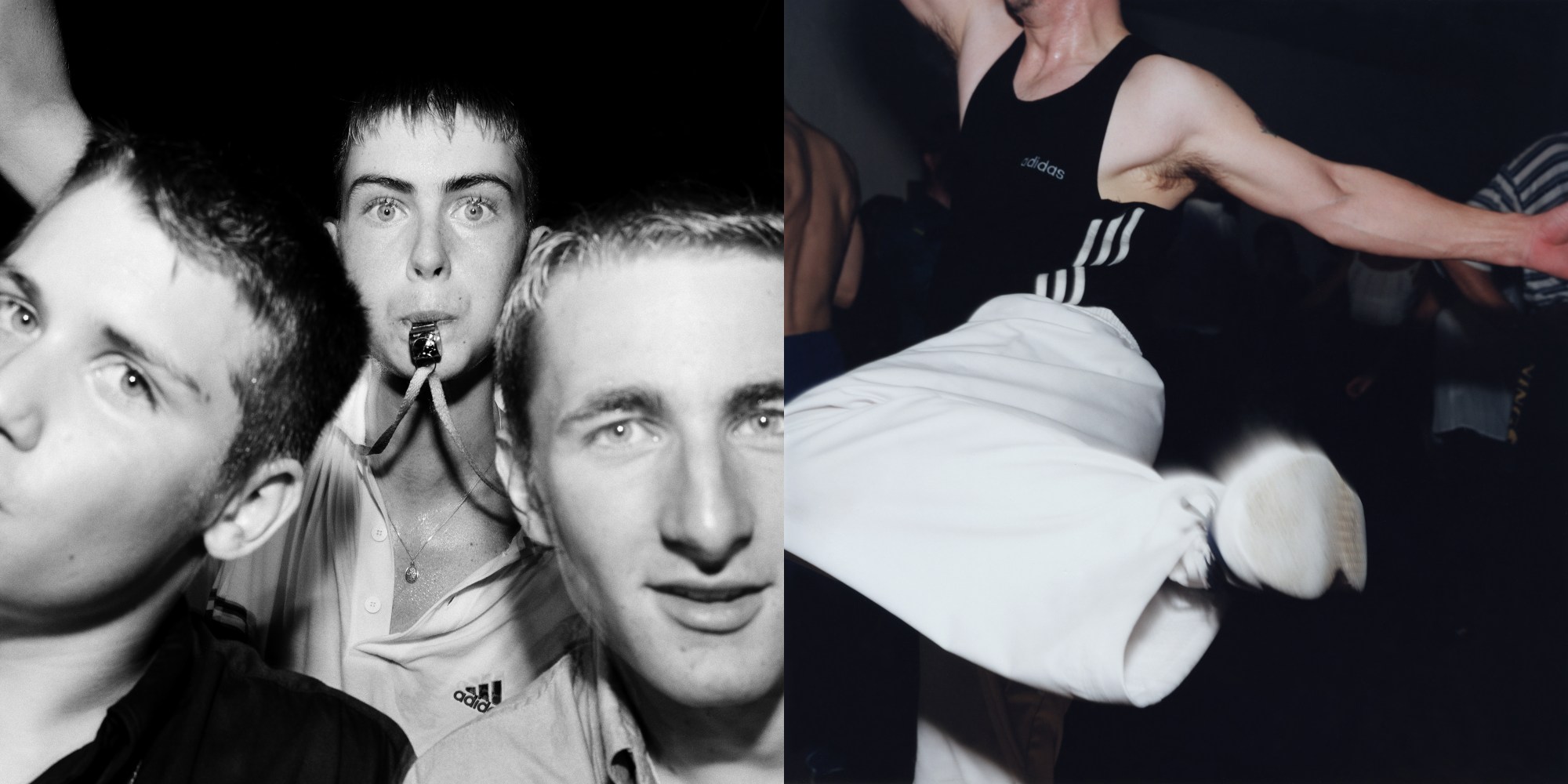This article originally appeared on i-D Germany.
Most will admit that party pictures are rarely nice enough to stick above the mantelpiece or the door of the fridge, but Ewen Spencer has a remarkable ability to capture the intangible quality of a good night out. Together with Alberto Guerrini, better known under his moniker Gabber Eleganza, he has created Hardcore Soul, a book comprising of photography taken at Northern Soul and Happy Hardcore parties. The two scenes together offer an insight into the timelessness of rave culture, the book featuring pictures of the British photographer himself, an exclusive mix from the Italian producer, as well as a contribution from British artist and Turner Prize winner, Mark Leckey. Here, we caught up with Ewen and Alberto to discuss famous Pet Shop Boys songs, superficial subcultures and why you should dig out your old Adidas tracksuit.
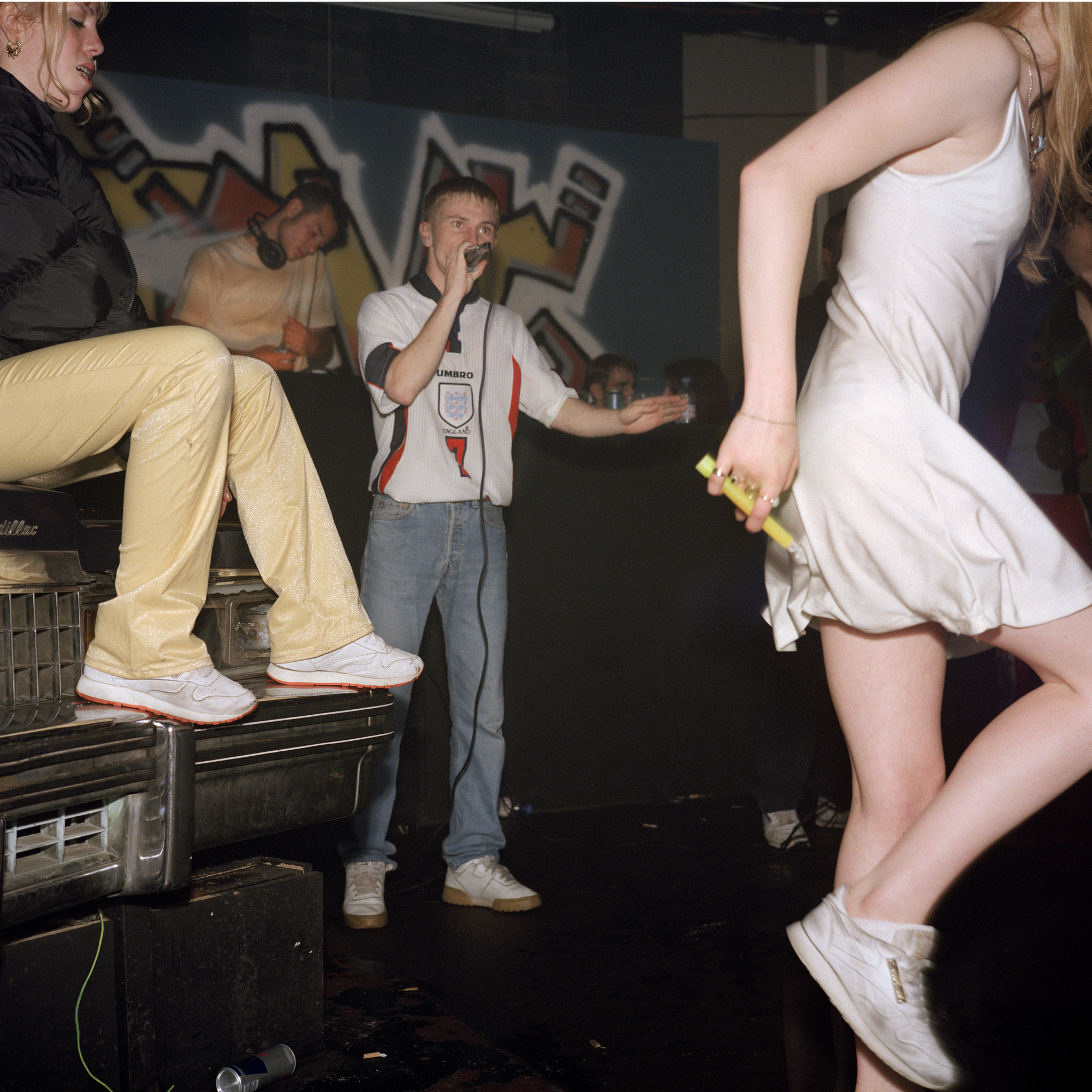
Who isn’t a fan of cheesy “when we first met” stories. Tell us yours.
Alberto: We met on Instagram like influencers. I started to follow him like a fanboy.
Ewen: I actually became aware of Alberto through his blog, I just loved the whole idea of subcultural aesthetic, not just in relation to the genre Gabber. He reached out to me in regard of some images I posted and after we met several times, we even started to send packages to one another — like this amazing Paninaro book I got from him.
Alberto: Paninaro are the first hypebeasts ever. It’s the first subculture not strictly related to music or politics back in the early 80s, very loud and colourful. It became a cult in the UK while it was an almost forgotten subculture in Italy. Even though there was also a Pet Shop Boys song named after them.
Ewen: When we were kids in the 80s, we were Casuals but started to dress more sort of Paninaro as we discovered it through the European kids. We even stopped wearing socks for instance because we saw a lot of them wouldn’t wear them in the pictures.
Alberto: We talked about this whole topic for an entire night in a pub in London, it was actually the seed for the book.
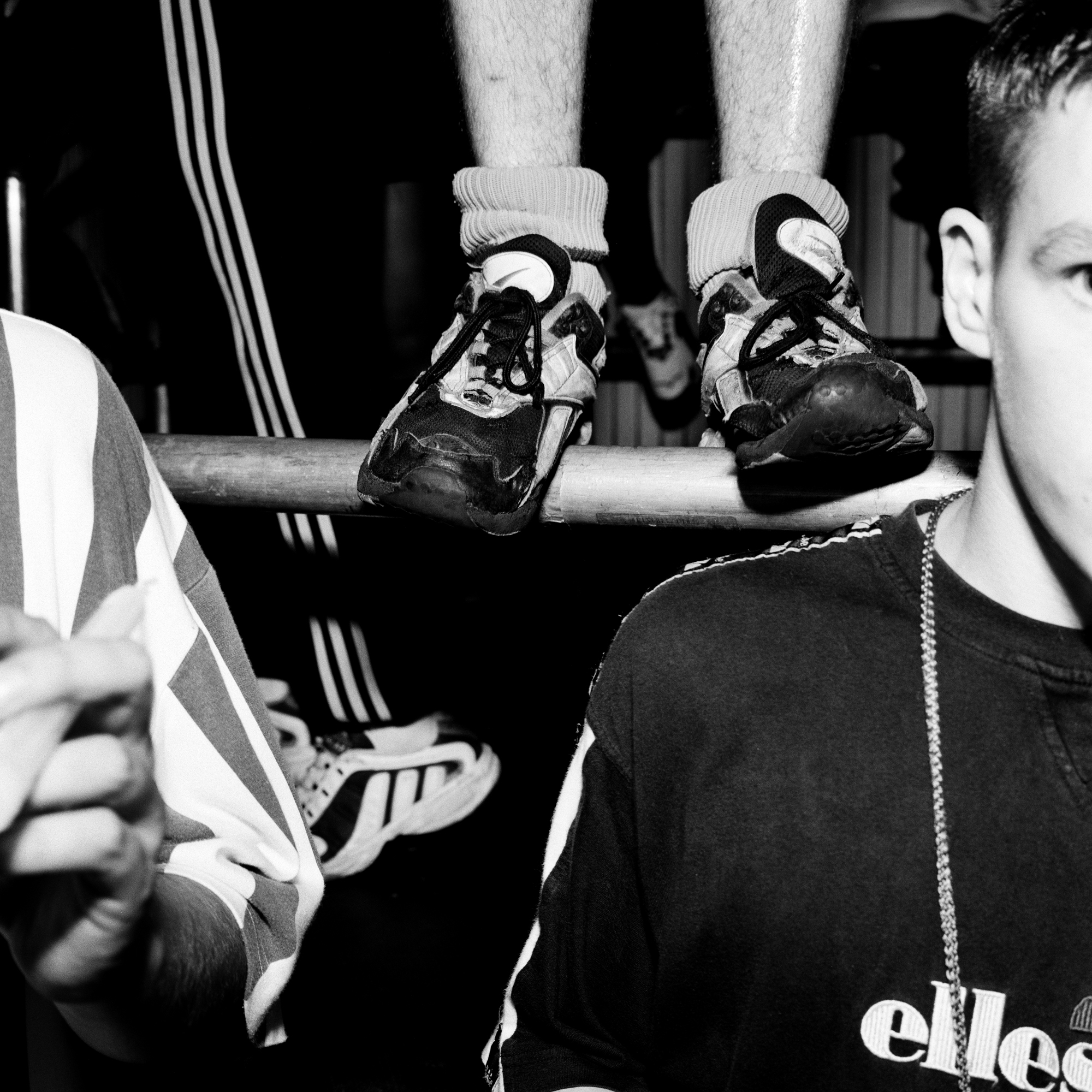
You have a lot in common even though you have different artistic backgrounds. What’s the bridge between your work?
Alberto: Probably the music and style. I discovered Ewen’s pictures in some old issues of i-D and The Face in my first college year back in 2004. I was more into the pictures and culture than into the fashion. Ewen’s pictures were very documentary, like a reporter but with a fine eye for the style of the kids. Very real and in the moment, I always loved this kind of attitude. Our bridge is this realness and our love for the simple things. We come from different generations but we lived our teenage years in sort of the same way — for the weekend.
Ewen: It’s the idea of working hard and playing hard. Wanting to look good and wanting to have a good time with it as well. That’s for me where raver culture comes from and it still sort of exists. You can see that in the pictures and in everything Alberto does. Your aesthetic is a celebration, never downtrodden.
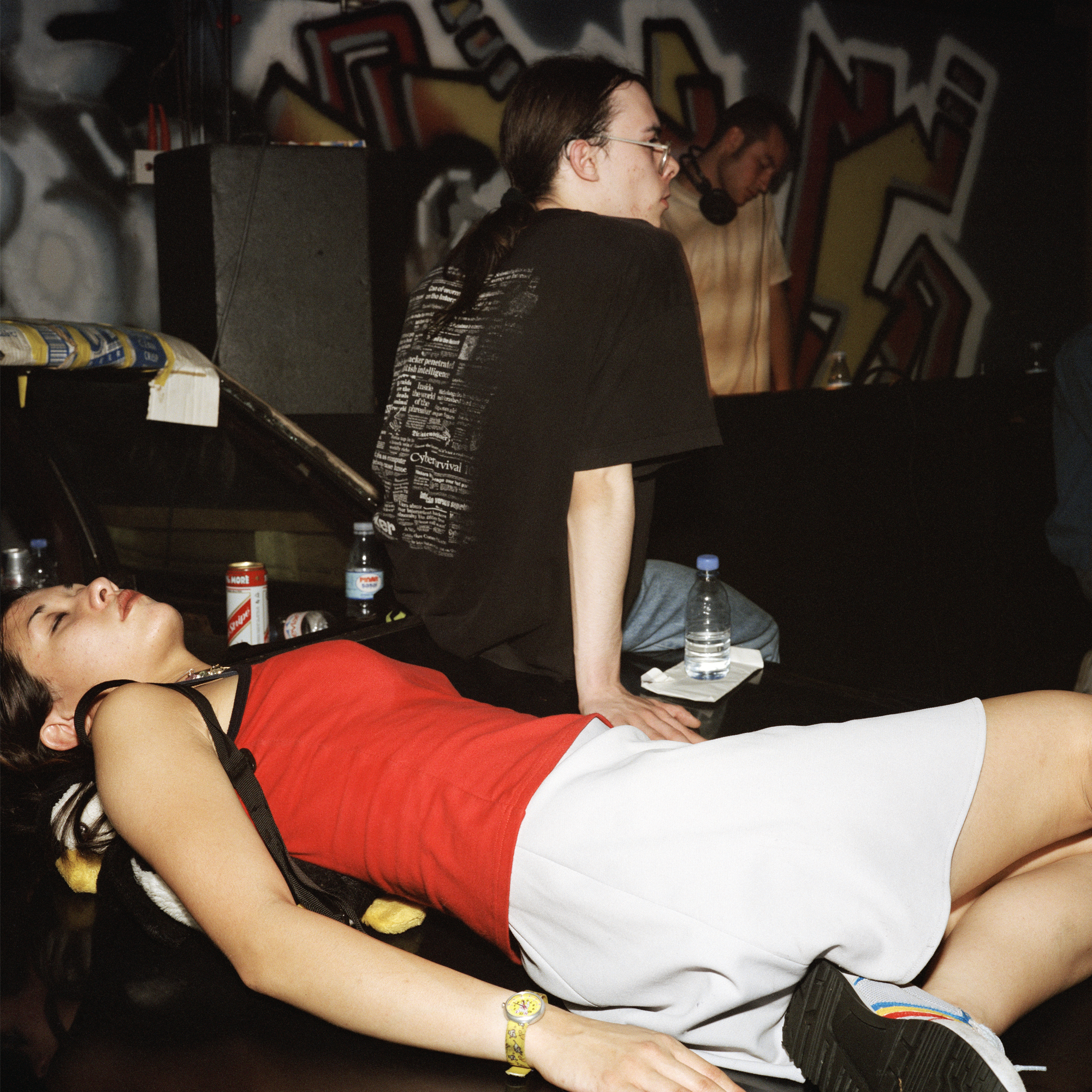
Ewen, what do you feel when you look at the pictures now?
Ewen: There’s a lot of energy, a lot of sweat in it. These people almost falling apart from exhaustion, and amphetamines probably, on the sidelines finding a place of retreat away from the dance floor. Capturing these moments was very important as well, not just the ones on the dance floor. When you look at them now, they don’t feel nostalgic. They still feel oddly fresh. Almost slightly contemporary, even though they are over 20 years old.
Alberto: This was exactly the idea to bring those scenes together as if all the pictures would have happened in the same night. Back in the 90s, there was usually different floors at raves, happening at the same time with the same energy. The simple idea of not keeping the tools for the reader to understand where and when it happened, makes them feel very contemporary. Something that could have happened two years ago.

Alberto, when talking about contemporary, would you say there’s a revival of the hardcore scene happening right now?
Alberto: The revival or hype of hardcore comes from an aesthetic side, discovered through the internet. There is a rewashing, a remixing of the word gabber. It is a style, the people that danced to hardcore in Holland. Back in the days you had to go to the events to discover it, a very connected underground network. Now it’s very easy to wear the style, you just need an Adidas tracksuit, go to Boiler Room and dance. It’s fun because it’s a new kind of energy. A celebration of another celebration of another revival. The Northern Soul scene is one I was never part of. I know the famous tracks, the famous club, but I’m not a digger or nerd like Ewen. Nevertheless, I try to give respect to it with this book. The purpose behind the whole project was to build a bridge between the scenes — the contemporary art and music with this kind of culture. It’s not just about gabber, it’s more about rave culture, subculture and teenage power. It’s a lot of things, it’s a long journey.

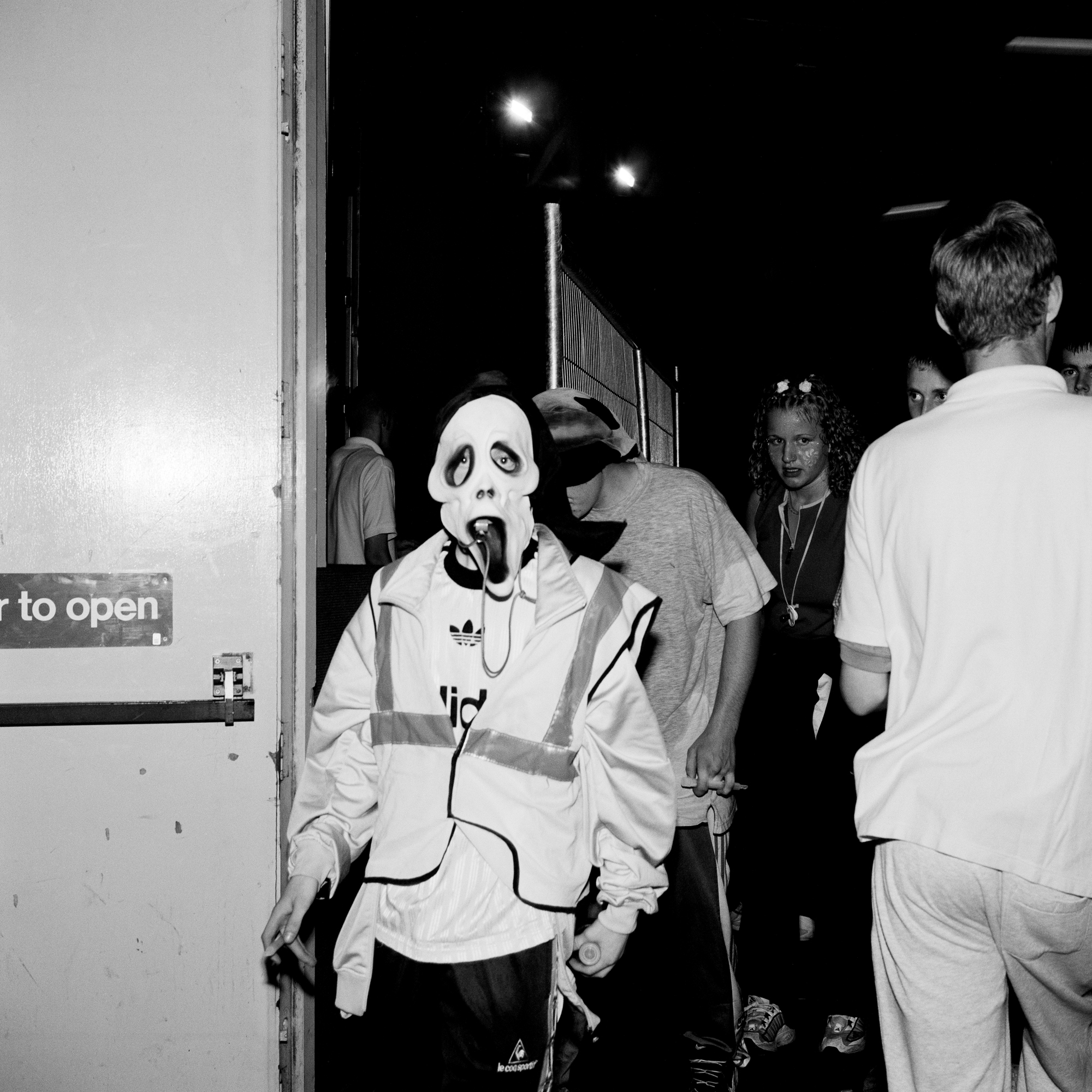

The book launch of ‘Hardcore Soul’ will take place on April 26th in Berlin. All further information can be found here.
Credits
Photography Ewen Spencer
